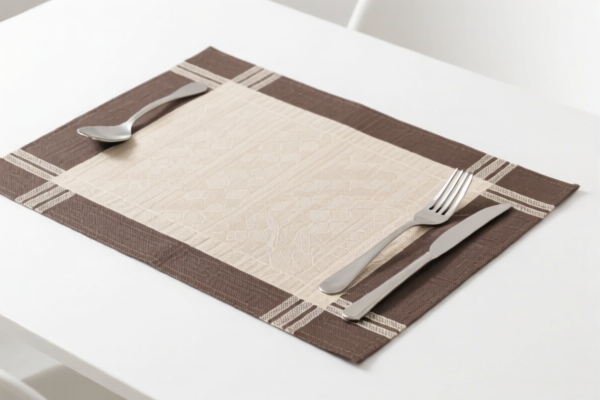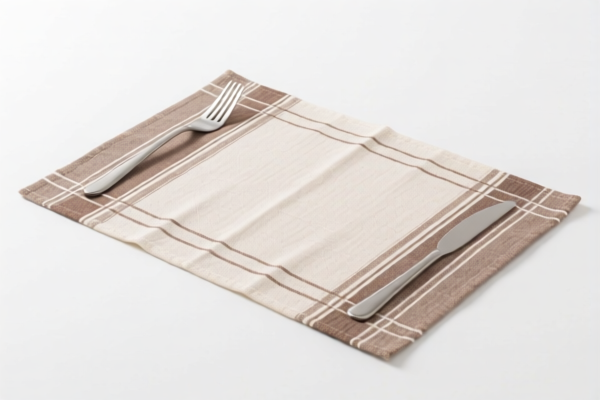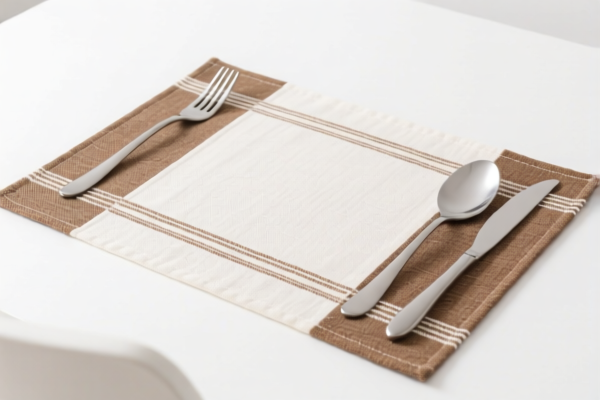| HS Code | Official Doc | Tariff Rate | Origin | Destination | Effective Date |
|---|---|---|---|---|---|
| 1404909040 | Doc | 55.0% | CN | US | 2025-05-12 |
| 1404903000 | Doc | 55.0% | CN | US | 2025-05-12 |
| 3923900080 | Doc | 58.0% | CN | US | 2025-05-12 |
| 3924104000 | Doc | 33.4% | CN | US | 2025-05-12 |
| 3924905650 | Doc | 40.9% | CN | US | 2025-05-12 |
| 4419110000 | Doc | 33.2% | CN | US | 2025-05-12 |
| 4419909100 | Doc | 40.7% | CN | US | 2025-05-12 |
| 4818900080 | Doc | 37.5% | CN | US | 2025-05-12 |
| 4818300000 | Doc | 55.0% | CN | US | 2025-05-12 |
| 5911900080 | Doc | 58.8% | CN | US | 2025-05-12 |
| 5903903090 | Doc | 57.7% | CN | US | 2025-05-12 |
| 5903203090 | Doc | 57.7% | CN | US | 2025-05-12 |
| 5602909000 | Doc | 52.9¢/kg + 8%+55.0% | CN | US | 2025-05-12 |
| 5602290000 | Doc | 61.3% | CN | US | 2025-05-12 |
| 6911108010 | Doc | 58.3% | CN | US | 2025-05-12 |
| 6911900050 | Doc | 42.9% | CN | US | 2025-05-12 |
| 6912004810 | Doc | 39.8% | CN | US | 2025-05-12 |
| 6912005000 | Doc | 36.0% | CN | US | 2025-05-12 |
| 7323995030 | Doc | 55.0% | CN | US | 2025-05-12 |
| 7323999030 | Doc | 83.4% | CN | US | 2025-05-12 |
| 7615109100 | Doc | 65.6% | CN | US | 2025-05-12 |
| 8210000000 | Doc | 58.7% | CN | US | 2025-05-12 |
| 1001910000 | Doc | 40.3% | CN | US | 2025-05-12 |
| 1001990005 | Doc | 0.35¢/kg+55.0% | CN | US | 2025-05-12 |
| 1101000010 | Doc | 0.7¢/kg+55.0% | CN | US | 2025-05-12 |
| 1101000060 | Doc | 0.7¢/kg+55.0% | CN | US | 2025-05-12 |
| 1105100000 | Doc | 1.7¢/kg+55.0% | CN | US | 2025-05-12 |
| 1105200000 | Doc | 1.3¢/kg+55.0% | CN | US | 2025-05-12 |
| 1212999200 | Doc | 55.0% | CN | US | 2025-05-12 |
| 1208900000 | Doc | 56.4% | CN | US | 2025-05-12 |
| 1301909190 | Doc | 37.5% | CN | US | 2025-05-12 |
| 1302390090 | Doc | 40.7% | CN | US | 2025-05-12 |




Food Mat
A food mat is a protective covering designed to be placed under bowls, plates, or other food-containing items to maintain cleanliness and prevent damage to surfaces. They are commonly used in both domestic and commercial settings.
Material
Food mats are manufactured from a variety of materials, each offering different properties:
- Silicone: Highly heat-resistant, non-slip, flexible, and easy to clean. Often dishwasher safe and food-grade.
- PVC (Polyvinyl Chloride): Durable, water-resistant, and relatively inexpensive. Can be textured for grip.
- Rubber: Offers excellent grip and durability. May contain natural or synthetic rubber compounds.
- Fabric (Cotton, Polyester, Microfiber): Typically used for decorative placemats, offering absorbency and a softer feel. Often require washing.
- Plastic (Polypropylene, Polyethylene): Lightweight, disposable or reusable options available.
- Cork: Natural material, provides good grip and heat resistance.
Purpose
The primary purpose of a food mat is multifaceted:
- Surface Protection: Shields tables, countertops, and floors from scratches, spills, and heat damage.
- Slip Resistance: Prevents dishes from sliding, reducing the risk of breakage and accidents.
- Hygiene: Catches crumbs, spills, and food debris, making cleanup easier and maintaining a cleaner eating environment.
- Noise Reduction: Minimizes the clatter of dishes against hard surfaces.
Function
Food mats function by providing a barrier between the food container and the underlying surface. Their textured surfaces create friction, increasing stability. The material properties dictate their effectiveness in resisting heat, water, and stains.
Usage Scenarios
- Home Kitchens: Under pet food and water bowls, placemats for dining tables, under cookware during serving.
- Restaurants & Cafeterias: Under plates and bowls to prevent slipping and protect table surfaces.
- Commercial Kitchens: As workstation mats to provide cushioning and slip resistance for chefs.
- Pet Feeding Areas: Specifically designed mats to contain spills and keep feeding areas clean.
- Outdoor Dining: Protecting picnic tables and other outdoor surfaces.
Common Types
- Pet Food Mats: Often made of silicone or rubber, with raised edges to contain spills.
- Placemats: Typically fabric, cork, or plastic, designed for aesthetic appeal and dining table protection.
- Workstation Mats: Larger, thicker mats for commercial kitchen use, providing cushioning and slip resistance.
- Heat-Resistant Mats: Silicone or cork mats designed to protect surfaces from hot cookware.
- Non-Slip Bowl Mats: Designed to hold bowls securely in place, often used for babies or individuals with limited mobility.
- Disposable Mats: Single-use plastic mats for quick cleanup in catering or events.
Based on the provided information, “food mat” can be interpreted as a material used for serving or preparing food, potentially made of various substances. Here's a breakdown of relevant HS codes and associated details:
- 7323995030: Table, kitchen or other household articles and parts thereof, of iron or steel; iron or steel wool; pot scourers and scouring or polishing pads, gloves and the like, of iron or steel: Other: Other: Not coated or plated with precious metal: Of tinplate Kitchen or tableware suitable for food or drink contact. This code applies to kitchen articles made of iron or steel, specifically tinplate, designed for food contact.
- 7323999030: Table, kitchen or other household articles and parts thereof, of iron or steel; iron or steel wool; pot scourers and scouring or polishing pads, gloves and the like, of iron or steel: Other: Other: Not coated or plated with precious metal: Other: Other Kitchen or tableware suitable for food or drink contact. This code covers other iron or steel kitchen articles for food contact, not specifically tinplate.
- 7615109100: Table, kitchen or other household articles and parts thereof, of aluminum; pot scourers and scouring or polishing pads, gloves and the like, of aluminum; sanitary ware and parts thereof, of aluminum: Table, kitchen or other household articles and parts thereof; pot scourers and scouring or polishing pads, gloves and the like: Other: Other. This code applies to kitchen articles made of aluminum.
- 6911108010: Tableware, kitchenware, other household articles and toilet articles, of porcelain or china: Tableware and kitchenware: Other: Other: Other Suitable for food or drink contact. This code applies to tableware and kitchenware made of porcelain or china, suitable for food or drink contact.
- 6912004810: Ceramic tableware, kitchenware, other household articles and toilet articles, other than of porcelain or china: Tableware and kitchenware: Other: Other: Other Suitable for food or drink contact. This code applies to ceramic tableware and kitchenware (not porcelain or china), suitable for food or drink contact.
HS Code Breakdown (Example):
Let's take 7323995030 as an example:
- 73: Iron or steel articles. This chapter covers a wide range of products made from iron or steel.
- 23: Table, kitchen or other household articles. This heading narrows down the scope to articles used in the household, particularly in the kitchen.
- 99: Other. This subheading further specifies that the articles are not specifically categorized elsewhere within the heading.
- 50: Other. This further specifies the material as tinplate.
- 30: Kitchen or tableware suitable for food or drink contact.
Important Note:
Regarding HS codes 7323995030 and 7323999030, the reference material indicates that these codes apply to articles suitable for food or drink contact. It is important to verify the material composition of the "food mat" to determine the correct code. Additionally, for HS code 7615109100, the material is aluminum.
Customer Reviews
No reviews yet.